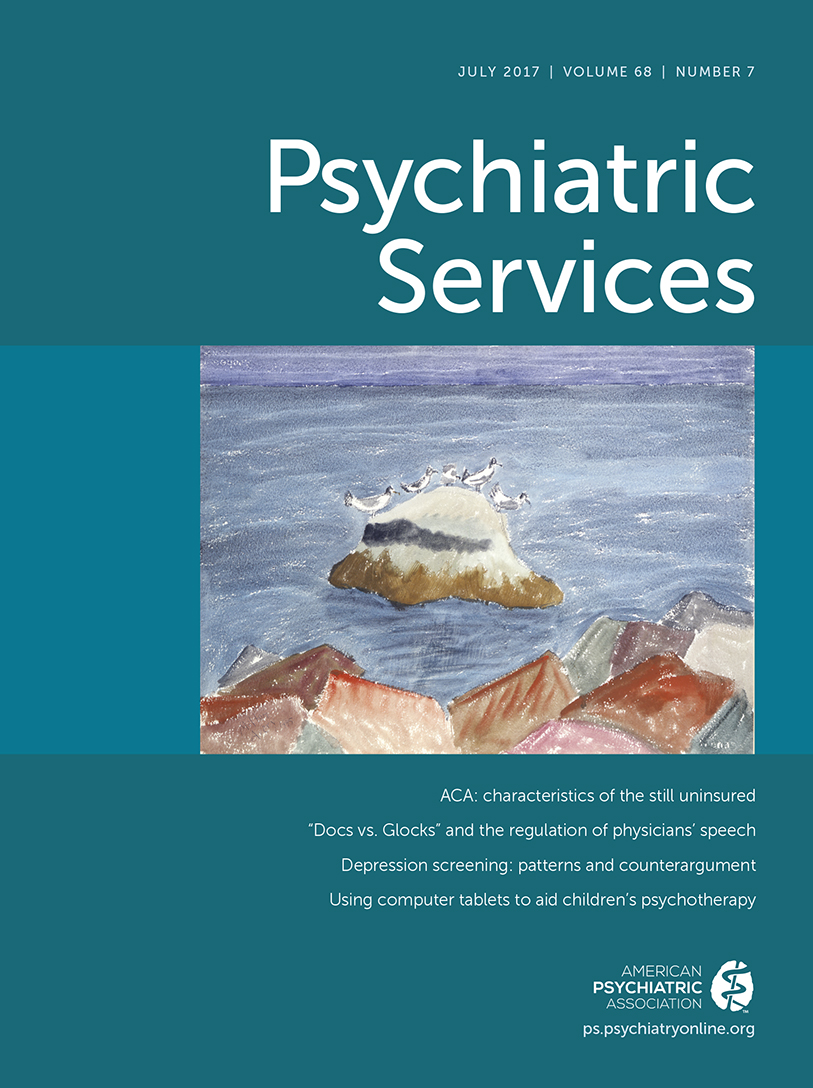Care Provision and Prescribing Practices of Physicians Treating Children and Adolescents With ADHD
Abstract
Objective:
Care provision and prescribing practices of physicians treating children with attention-deficit hyperactivity disorder (ADHD) were compared.
Methods:
A retrospective cohort study was conducted with the 1995–2010 General Electric Centricity Electronic Medical Record database. The sample included children (≤18 years) with newly diagnosed ADHD (ICD-9-CM code 314.XX) who received a prescription for a stimulant or atomoxetine. Identification of comorbid psychiatric disorders, duration from initial ADHD diagnosis to treatment, prescription of other psychotropic medications, and follow-up care during the ten months after the ADHD treatment initiation were compared across provider type (primary care physicians [PCPs], child psychiatrists, and physicians with an unknown specialty). The associations between provider type and practice variations were further determined by multivariate logistic regression accounting for patient demographic characteristics, region, insurance type, and prior mental health care utilizations.
Results:
Of the 66,719 children identified, 75.8% were diagnosed by PCPs, 2.6% by child psychiatrists, and 21.6% by physicians whose specialty was unknown. Child psychiatrists were less likely than PCPs to initiate ADHD medication immediately after the diagnosis. However, once the ADHD treatment was initiated, they were more likely to prescribe psychotropic polytherapy even after analyses accounted for the comorbid psychiatric disorders identified. Only one-third of ADHD cases identified by both PCPs and child psychiatrists have met the HEDIS quality measure for ADHD medication-related follow-up visits.
Conclusions:
Differences were found by physician type in care of children with ADHD. Additional studies are needed to understand clinical consequences of these differences and the implications for care coordination across provider specialties.



